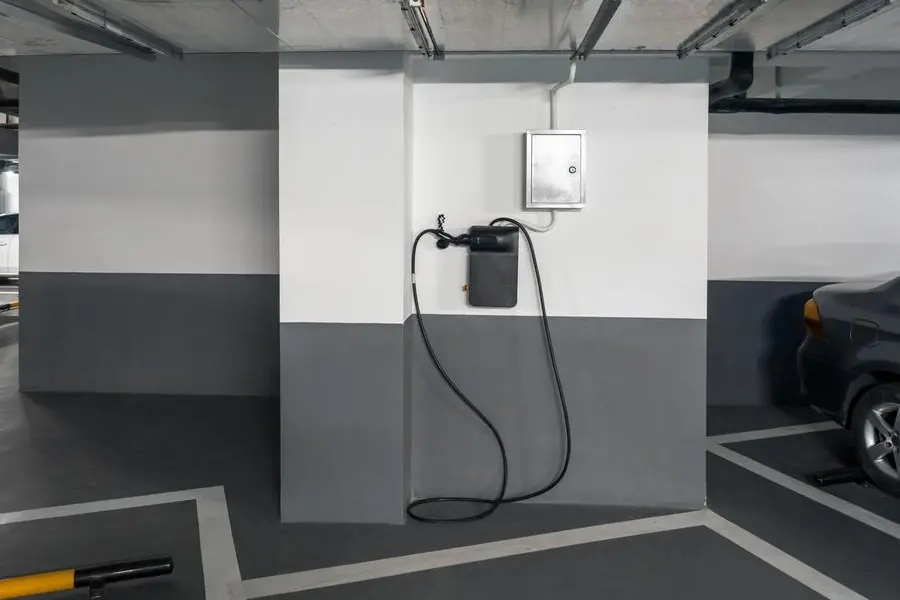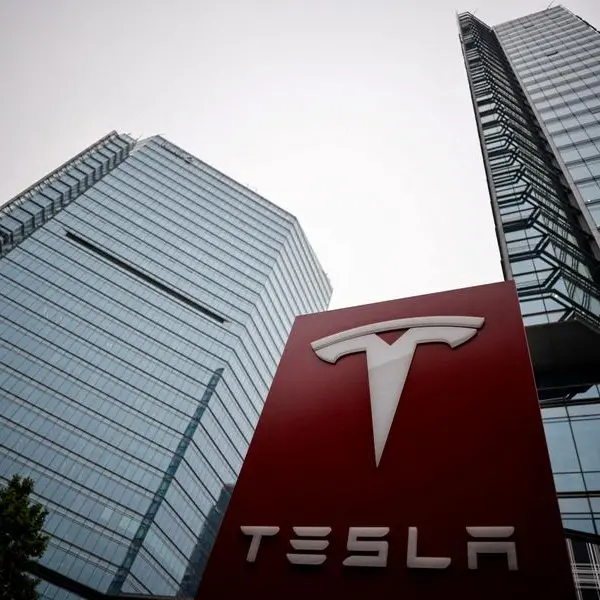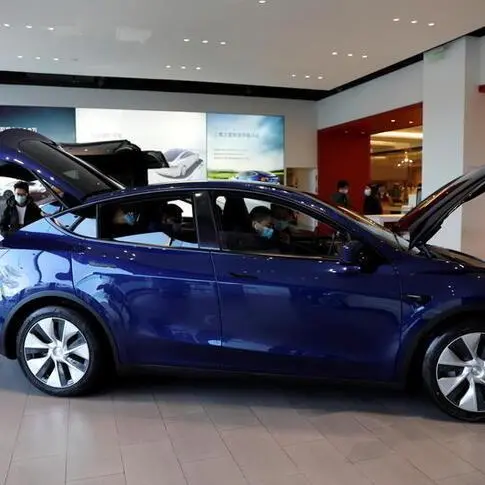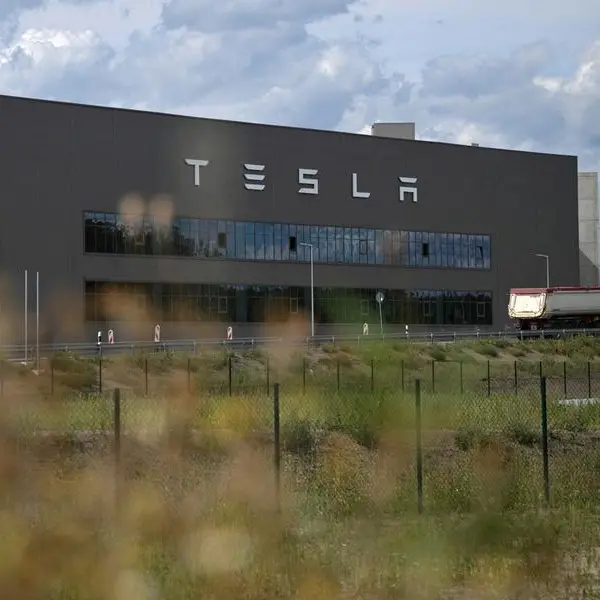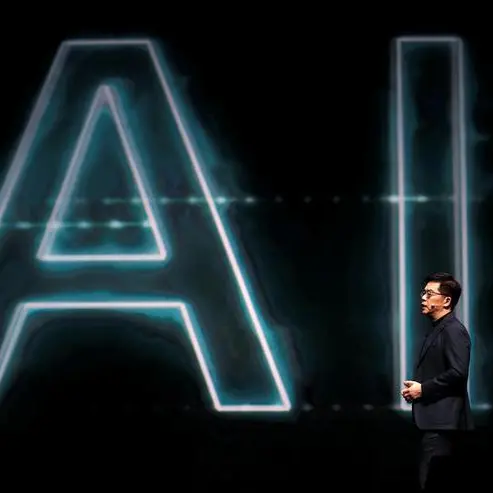PHOTO
Despite traditional combustion engine (ICE) cars dominating the automotive market, electric vehicles have risen to become some of the hottest products of the decade, thanks to their ability to decarbonise road transportation and help drivers save money on petrol. Impressively, interest is only climbing. In 2023, electric car sales are expected to reach 14 million, meaning they will account for 18 per cent of all cars sold globally this year alone. Although consumer interest in EVs remains high, awareness of their benefits is low. With the switch requiring time and money, reliance on combustion engines won’t phase out overnight. So, how can we get consumers up to speed and support the transition? With this new sector developing rapidly, it’s more important than ever for supporting industries, like lubricants, to continue to innovate, so that consumers can achieve high vehicle performance and gain clear insight into the realities of EV ownership.
Consumer appeal
Many see electric or hybrid vehicles as offering an accessible, long-term route forward when considering maintenance, cost, convenience, and environmentalism. While battery electric vehicles (BEVs) are currently the only type of EV on the market, there are two types of hybrid vehicles (HEV and PHEV) — and it’s worth noting all have different maintenance needs. EVs, for example, require different maintenance as they only need to cover fluid applications encountered in electrified powertrains, such as reduction gear brake and coolant fluids. This simplified maintenance often appeals to consumers interested in EVs, especially with facilities such as the EV Green Charger Initiative by the Government of Dubai that offers reliable support and insight through a smart app to encourage electric vehicle adoption in the city.
Consumer action in buying EVs has further spiked in recent years for several reasons: More EV models are available across price points, expert resources and maintenance are increasingly trustworthy, and consumer products are better and more accessible, too. Additionally, misunderstandings around the negative environmental impact of EV production, waste, and batteries are being confronted and improved globally, helping to drive change forward in the areas that need it most.
Global vs. regional considerations
As per a survey commissioned by General Motors, the general awareness of the concept of owning an electric car stands at 95 per cent in the UAE, with 7 out of 10 consumers eager to understand the cost-efficient model of EVs. It’s worth noting that the barriers to owning hybrid cars and EVs are not universally shared, as cost and infrastructure varies widely by region. However, EV costs fall lower when compared to ICE vehicle ownership in the UAE, as refuelling and maintenance is cheaper, with a significantly lesser depreciation value of 5 per cent as compared to a 20 per cent loss for ICE cars.
Globally, EV infrastructure is lagging, but improving. In the UAE, the Dubai Electricity and Water Authority is aiming for 1,000 public charging stations exclusively in Dubai by 2025. Concerns around battery pollution and range have been greatly reduced as EV education becomes more accessible, and automotive practices become more circular.
To meet the rising demand for green mobility and meet net-zero objectives, the UAE opened its first electric vehicle manufacturing unit in 2022. Located in Dubai Industrial City, the $408 million facility is expected to produce 55,000 cars per year. These government incentives and the standardisation of regulations are pushing the manufacturers to strategically invest in EV production to compete with brands such as Tesla, BMW, Audi and Mercedes-Benz.
Future-gazing: Adapting alongside progress
Digital and material innovation within electric and hybrid vehicles is constantly evolving. Globally, markets are adapting to the increasing demand for batteries and their raw materials, whilst emerging automotive technologies spanning vehicles and manufacturing alike are being constantly assessed and improved as major car manufacturers commit 50-70 per cent of CAPEX and R&D budgets to digital transformation.
Optimistically, EV supply chains are expanding and gaining greater prominence within policy-making which helps to enact change, however most manufacturing still needs to expand beyond China to wider countries globally. As these aspects of the EV market continue to evolve, the key will be for brands to create products not only for the current market and consumers, but the future industries and consumer needs, too.
What’s the status of EV innovation today?
Innovation is occurring within the supply chain and automotive-adjacent industries to ensure consumers have the best EV products both today and in 10 years. Supply chains are becoming more streamlined and sustainable, with reduced plastic packaging marking a small but significant step forward in the race to improve circular practices.
At the highly innovative R&T Centre of PETRONAS Lubricants International, lubricant technology is under constant development as the industry looks to better anticipate the needs of new electric and hybrid models, which are only increasing in volume and variety. Technological innovation and partnerships are helping to co-engineer and accelerate efficient innovation, with EV fluids like PETRONAS iona range of products playing a pivotal role in keeping pace with the latest generation of EVs, alongside hybrid-specific engine oils like PETRONAS Syntium Hybrid. In tandem, organisations in adjacent industries are working to drive progress in their sectors, with Original Equipment Manufacturers (OEMs) partnerships especially playing a vital role in innovation and product performance, whilst meeting and striving to exceed increasingly stringent environmental requirements.
Sustainable action in application
Ultimately, it will take many years for the world to truly shift over to genuine New Energy Vehicles (NEVs). Despite EVs being projected to make up 60 per cent of new sales by 2050, the majority of vehicles on the road will still run on petrol in some capacity. Regardless of this delay, sustainable practices need to start now, and consumers are asking for advice.
So, how can consumers drive greener and embark on their own sustainable automotive journey? When it comes to sustainable practices, start with what you have. ICE car owners can use sustainable products for annual maintenance – whether that’s products that come in recyclable and reused packaging or are advanced fluid technology solutions like PETRONAS Syntium, which reduces fuel consumption by 3 per cent. We still need to provide solutions for all types of vehicles on the road now and in the future.
Driving forward
The future of EVs and hybrid vehicles is outstandingly optimistic as governments continue to regulate this space and invest in EV infrastructure, and automotive and related industries continue to push the barriers of innovation, EVs are likely to flourish. While the next big shake-ups will likely relate to digitisation, battery management and autonomous vehicles, it’s important to continue to put the customer first as electric and hybrid vehicles evolve. Only then will we collectively stay on track to reach a more sustainable and productive future, one road at a time.
Giuseppe Pedretti is Regional Managing Director of Petronas Lubricants International.
Copyright © 2022 Khaleej Times. All Rights Reserved. Provided by SyndiGate Media Inc. (Syndigate.info).
